
7-Day Meal Plan to Boost Energy: Foods to Eat, Avoid, and Tips for Lasting Vitality
Fuel your day with the right foods and habits—discover how to sustain your energy, avoid fatigue, and eat smart with our expert-backed 7-day meal plan.
Why It’s Important to Rethink Household Products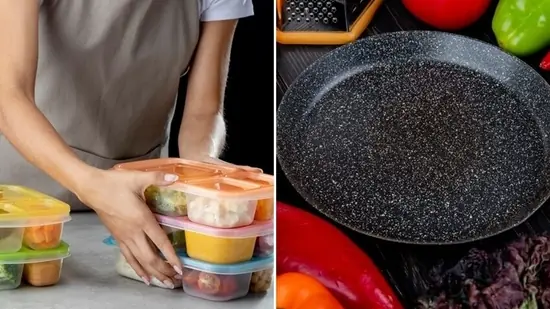
Many of the cleaning, pest control, and home care products we use daily contain toxic chemicals that can negatively impact our health. Long-term exposure to these substances has been linked to respiratory issues, hormonal disruption, skin irritation, and even cancer. Yet, because these items are so commonplace, their risks are often overlooked.
The good news? Safer, effective, and affordable alternatives exist for most toxic household items. This article highlights ten commonly used toxic products and offers healthier swaps that you can easily make at home.
1. Glass Cleaners: Avoid Harsh Chemicals
The Problem: Most commercial glass cleaners contain ammonia and other harsh chemicals that can irritate the nervous system and respiratory tract.
The Safer Swap: Make your own natural glass cleaner by mixing ¼ cup of vinegar with 1 tablespoon of lemon juice in a spray bottle filled with water. Shake well and use as needed. This blend cleans effectively and is safe for your lungs and skin.
2. Dryer Sheets: Toxic Ingredients in Your Laundry
The Problem: Conventional dryer sheets release synthetic fragrances and chemicals linked to allergies and respiratory problems.
The Safer Swap: DIY wool dryer balls are an excellent alternative. Made from natural wool yarn, they soften clothes, reduce static, and are reusable. For a light scent, add a few drops of essential oils to the balls.
3. Candles and Air Fresheners: Hidden Hazards in Fragrance
The Problem: Many candles and plug-in air fresheners contain phthalates and synthetic fragrances linked to hormonal disruption and cancer risk.
The Safer Swap: Use essential oil diffusers with pure oils like lavender, eucalyptus, or citrus. They freshen air naturally and offer aromatherapy benefits such as stress relief and improved mood.
4. Tick and Flea Control Products: Harmful Chemicals for Pets
The Problem: Many flea and tick treatments include carbamates and organophosphates, which can damage the nervous system in pets and humans.
The Safer Swap: Coconut oil applied to your pet’s coat can act as a natural repellent. Additionally, adding 1 teaspoon of coconut oil per 20 pounds of pet food supports skin health and repels pests.
5. Mothballs: Toxic Vapors in Your Closet
The Problem: Mothballs contain naphthalene, a toxic chemical that can cause nausea, respiratory issues, and even hemolytic anemia.
The Safer Swap: Use sachets made from cheesecloth filled with natural repellents like bay leaves, lavender, cedar chips, mint, and cinnamon sticks. These protect clothes without harmful fumes.
6. Oven Cleaners: Carcinogenic Chemicals
The Problem: Many oven cleaners release harsh chemicals and carcinogens that can irritate skin, lungs, and exacerbate allergies.
The Safer Swap: Create a paste from baking soda and vinegar, apply to a slightly warmed oven surface, scrub gently, and rinse. This natural method is effective and non-toxic. Always wear gloves to protect your hands.
7. Plastic Water Bottles and Containers: Endocrine Disruptors
The Problem: Plastics often leach chemicals like BPA and phthalates, linked to hormonal disruption, cancer, and neurological issues.
The Safer Swap: Switch to glass water bottles with silicone sleeves or stainless steel containers. These alternatives avoid toxic chemicals and are durable and eco-friendly.
8. Insecticides: Internal Toxins from Pesticides
The Problem: Chemical insecticides accumulate in the body and can damage the nervous and endocrine systems.
The Safer Swap: Homemade insecticides made from castile soap, water, and orange essential oil can safely repel ants, cockroaches, and slugs without harmful residues.
9. Non-stick Cookware: PFAS Chemical Concerns
The Problem: Non-stick coatings like Teflon contain PFAS chemicals, which release toxic fumes when overheated and are linked to cancer.
The Safer Swap: Use ceramic-coated, cast iron, or stainless steel cookware. These options are durable, safe at high heat, and improve with seasoning and care.
10. Seed Oils: Highly Processed Fats
The Problem: Many seed oils are refined with heat and chemicals, reducing nutrients and promoting inflammation.
The Safer Swap: Choose less processed oils such as extra virgin olive oil, avocado oil, coconut oil, ghee, or butter. Look for cold-pressed or unrefined labels to maximize health benefits.
Bonus: Making Your Own Natural Cleaning Products
By combining household staples like vinegar, baking soda, lemon, and essential oils, you can create natural cleansers for laundry, floors, and surfaces. This not only reduces exposure to toxic chemicals but also saves money and reduces environmental impact.
Conclusion: A Healthier Home Starts with Smarter Choices
Your home should be a safe haven, not a source of hidden toxins. By identifying and replacing the most toxic household products with natural and safer alternatives, you can protect your health and the environment.
Start small—swap out one item at a time—and enjoy cleaner, healthier living spaces with peace of mind.

Fuel your day with the right foods and habits—discover how to sustain your energy, avoid fatigue, and eat smart with our expert-backed 7-day meal plan.
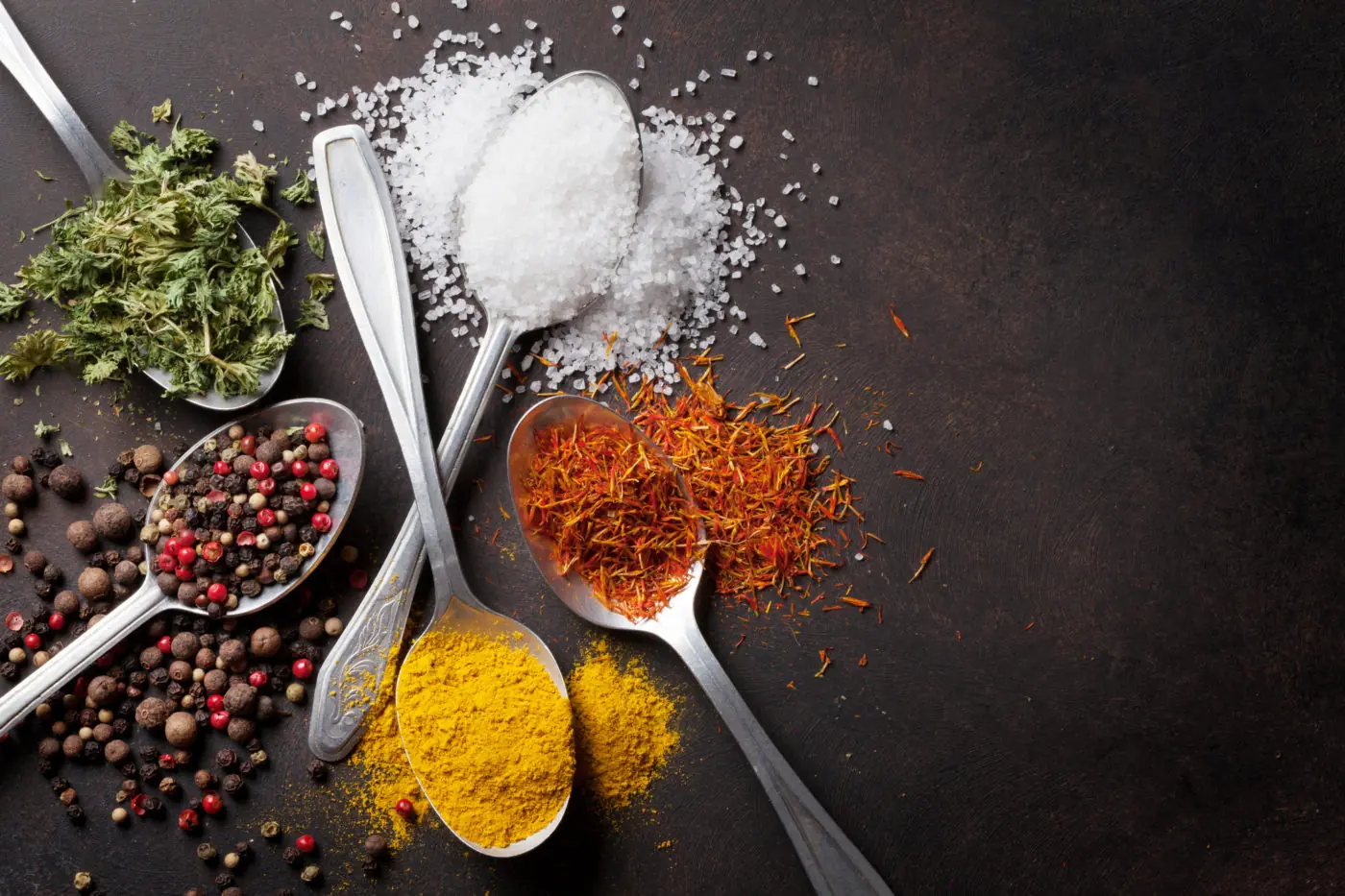
Discover how everyday spices not only enhance your meals but also offer remarkable health benefits, from reducing inflammation to boosting heart and brain health.
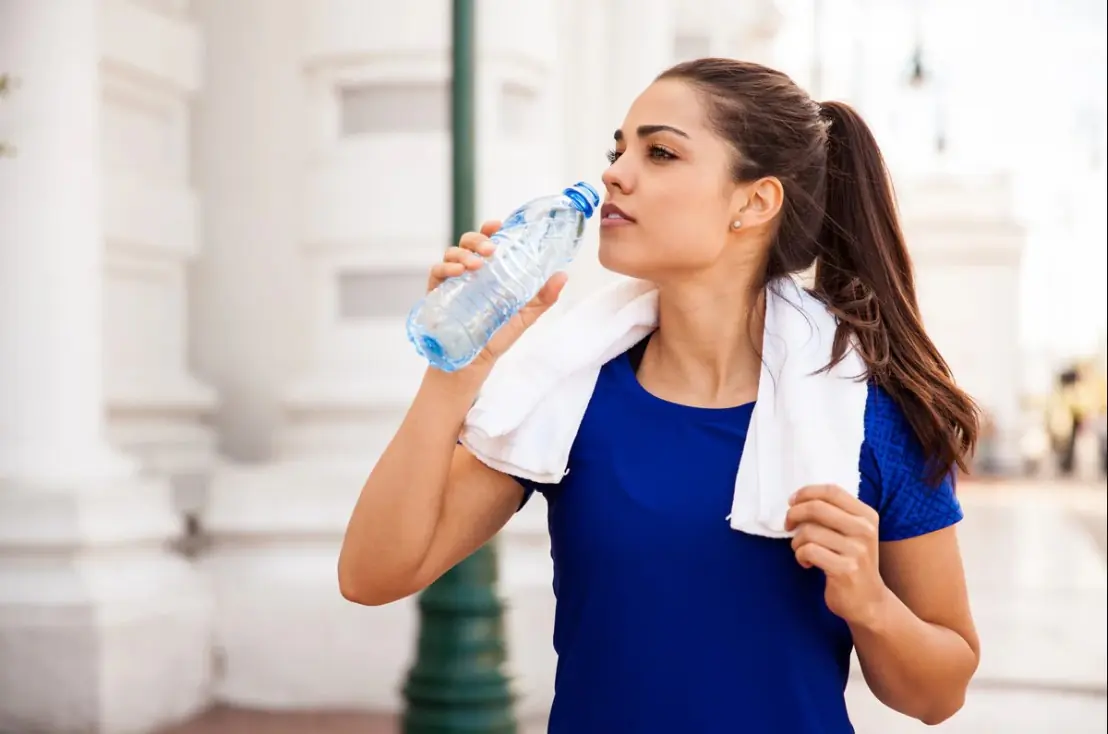
Stay hydrated the smart way: discover the best times to drink water for your health and energy.

Caring for pets doesn’t have to be expensive or stressful—these 10 easy hacks make life better for you and your furry friends!

Feeling stuck in a rut? It’s time to reclaim your motivation and unlock your full potential.
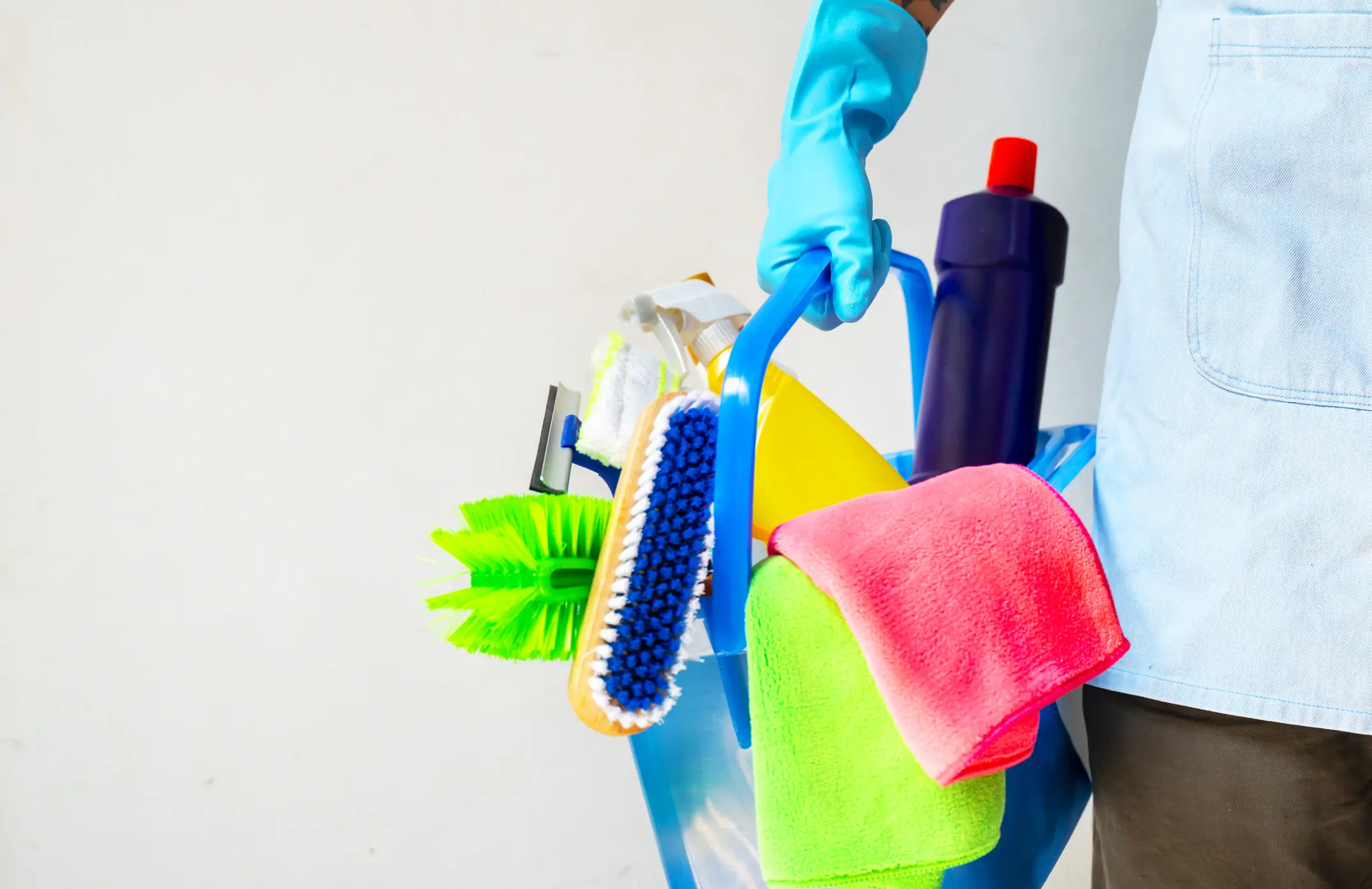
Master the art of home cleaning by knowing exactly what to clean—and when—to keep your living space fresh and organized effortlessly.
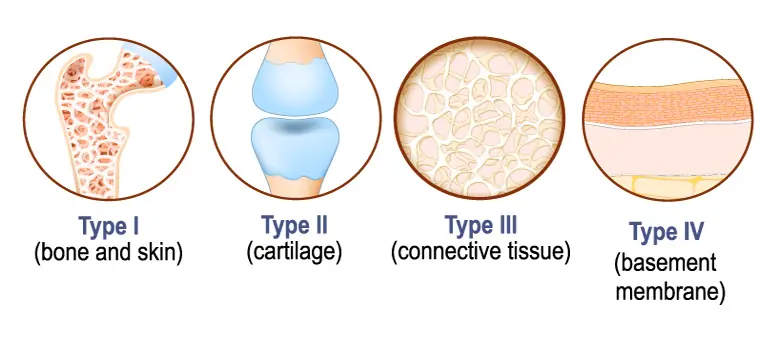
Discover the fascinating story behind collagen types and how they support your body’s health and beauty.
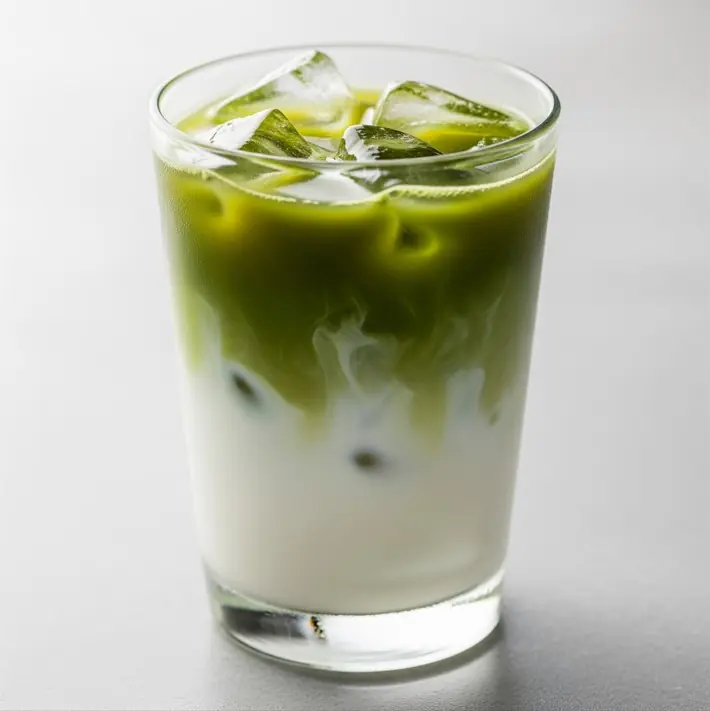
Beat the heat with these nutritious and delicious beverages perfect for tropical climates and sunny days.
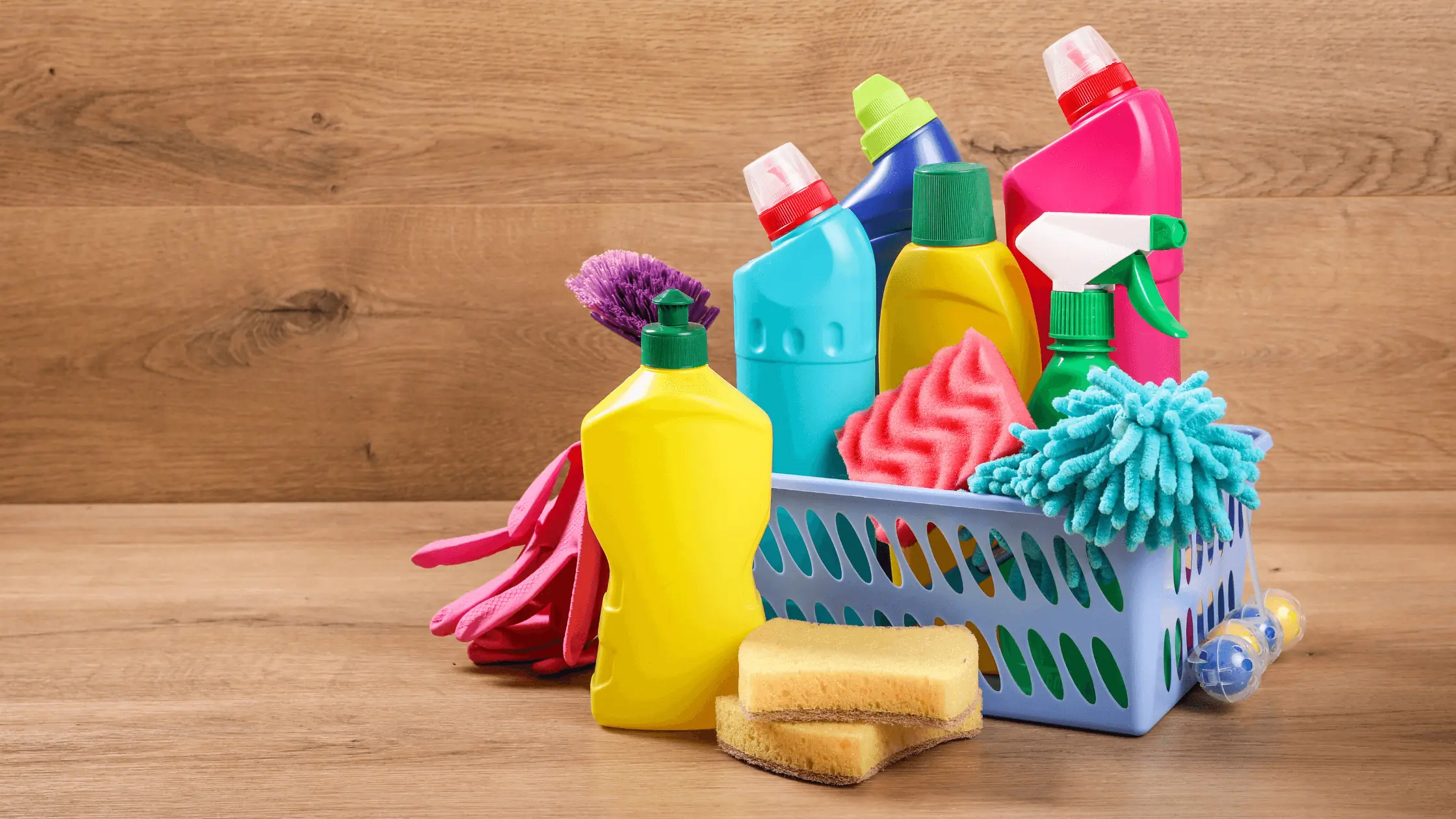
Master your cleaning routine by knowing exactly what tasks to tackle—and when—to keep your home fresh and inviting all year round.

Your diet plays a crucial role in immune health—learn which common foods might be harming your defenses and how to strengthen them naturally.
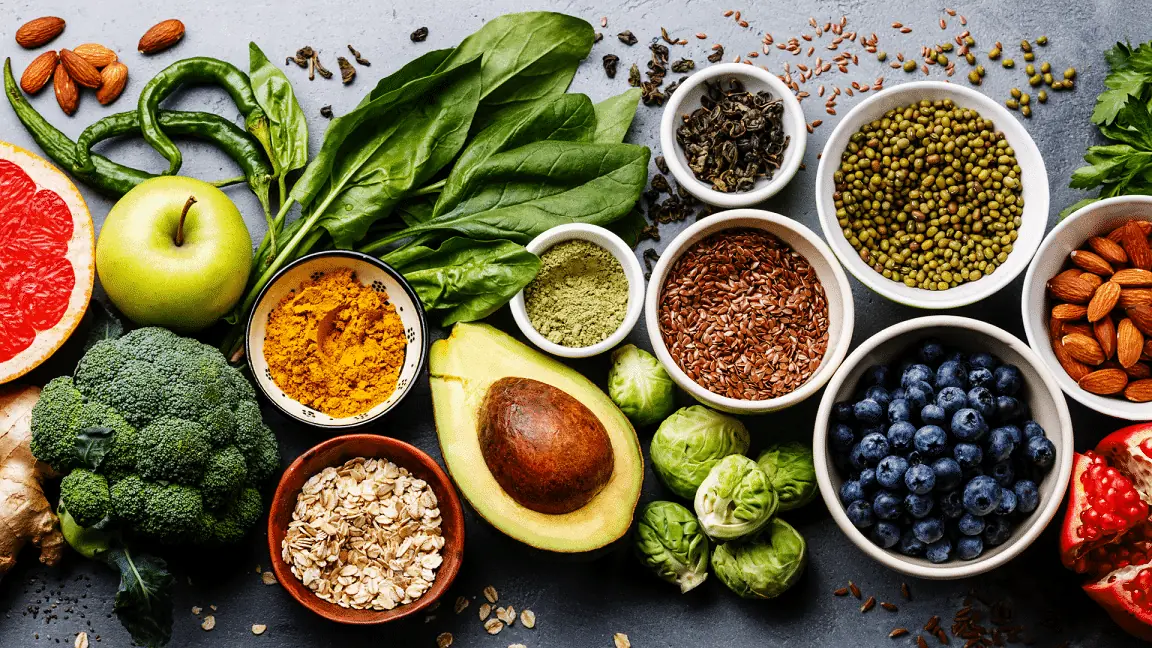
Incorporate these nutrient-packed foods into your diet to maintain electrolyte balance and promote optimal health.
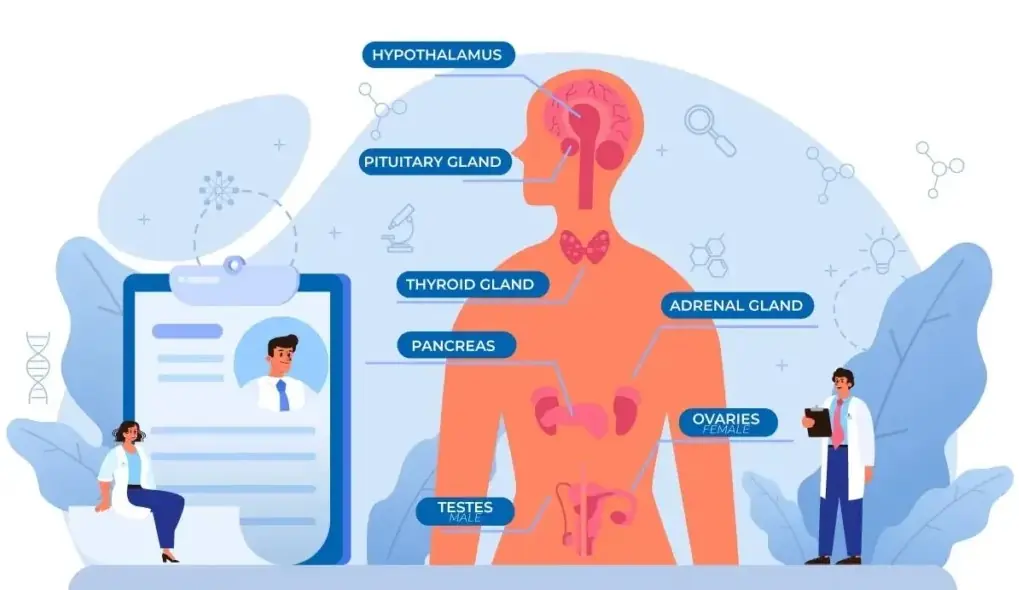
Hormones play vital roles in regulating your body’s functions, affecting both physical and mental well-being.
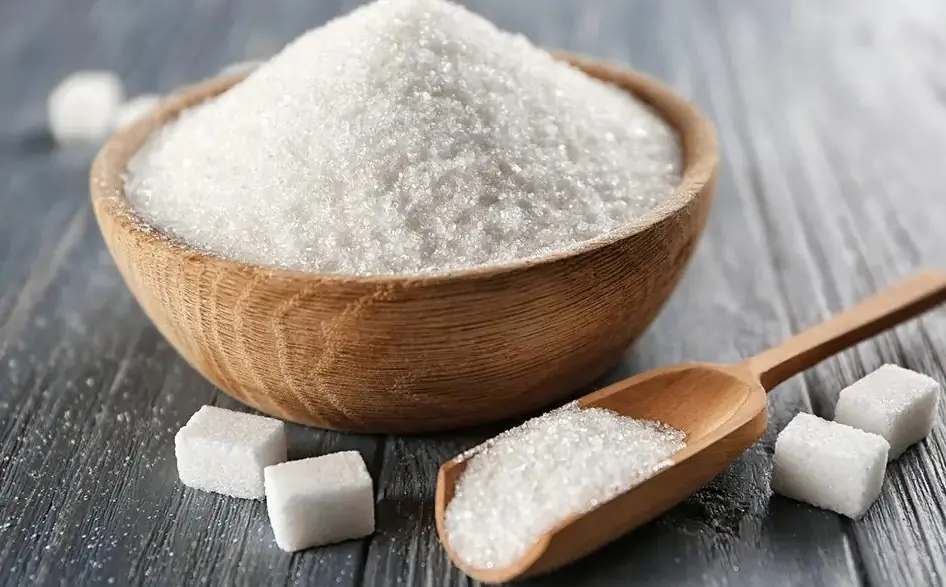
Understanding the wide-ranging effects of sugar can help you make healthier choices and protect your well-being.
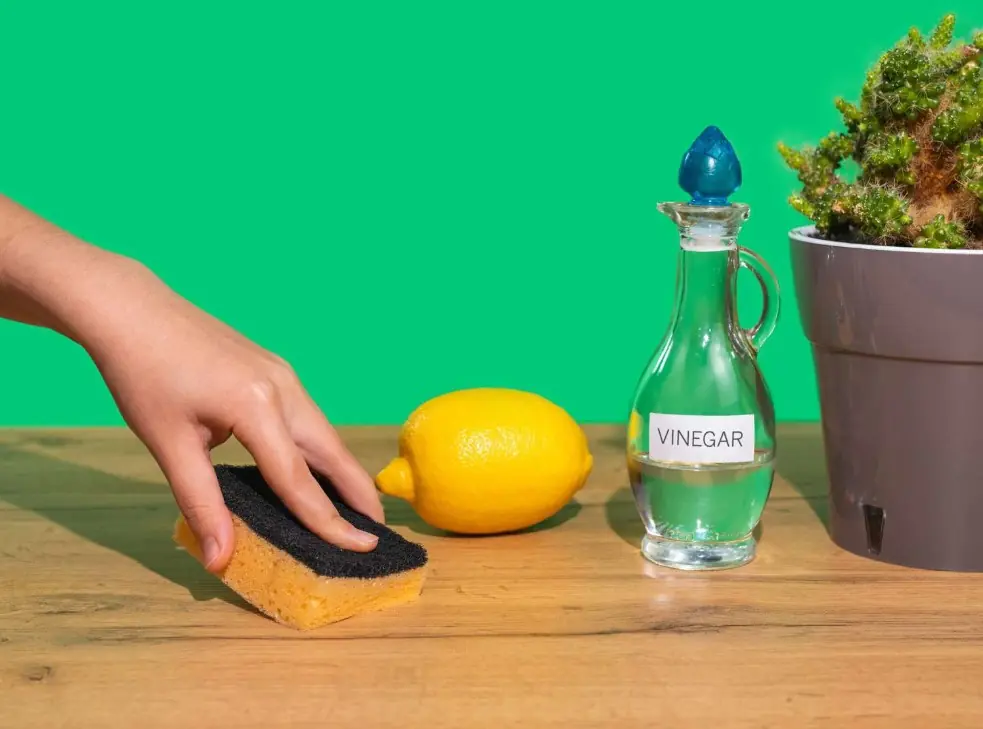
Discover how vinegar’s versatility can simplify cleaning, pest control, and even personal care in your daily life.
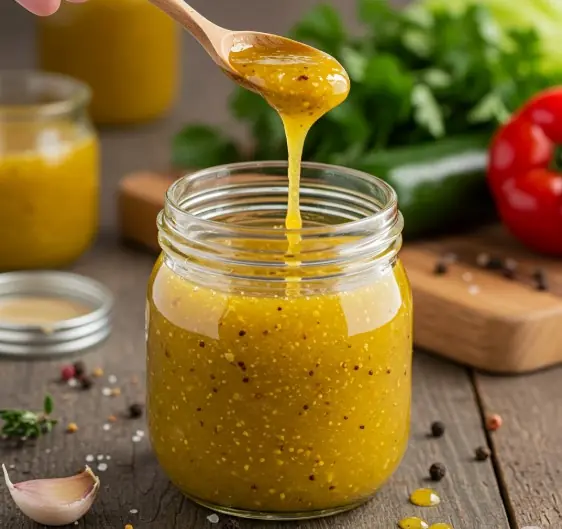
Discover easy homemade vinaigrette recipes that add a burst of freshness and zest to your meals.
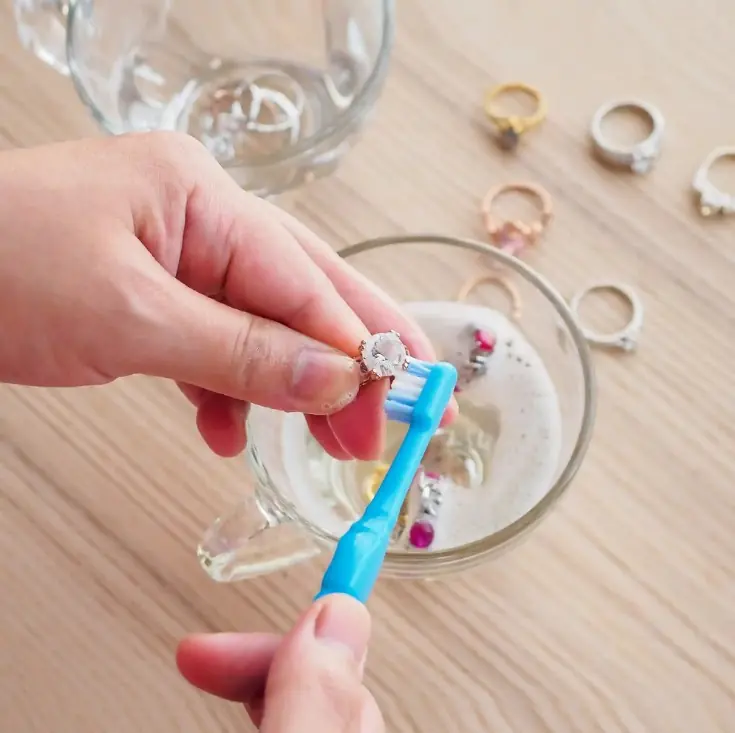
Discover simple, effective ways to clean and care for your jewelry at home—no expensive trips needed!
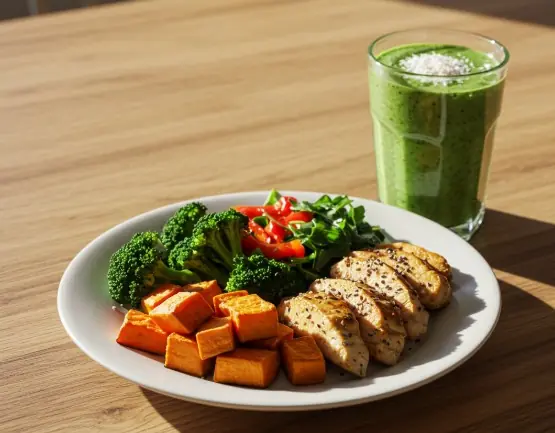
Learn simple daily routines that calm inflammation and help protect your body from chronic diseases.

Never let a missing ingredient stop your baking — discover reliable swaps for spices, liquids, flours, and more!


Fuel your day with the right foods and habits—discover how to sustain your energy, avoid fatigue, and eat smart with our expert-backed 7-day meal plan.


Discover how everyday spices not only enhance your meals but also offer remarkable health benefits, from reducing inflammation to boosting heart and brain health.


Simple swaps for a healthier diet: cut sugar, salt, and fat with easy food and drink alternatives.

Jammie’s lavish lifestyle crumbles when har$h truths confront her. With a mother-in-law’s quiet strength and a daughter’s innocence, she discovers that true wealth lies in love and responsibility. A heartfelt story of redemption and family.
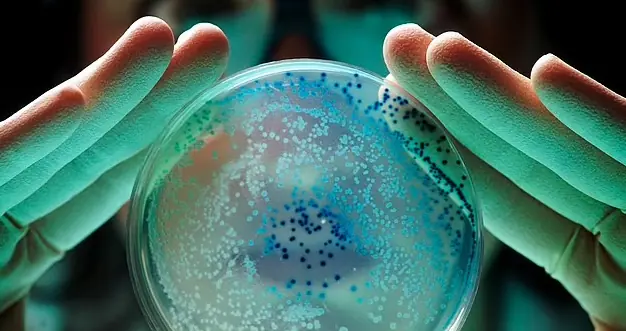
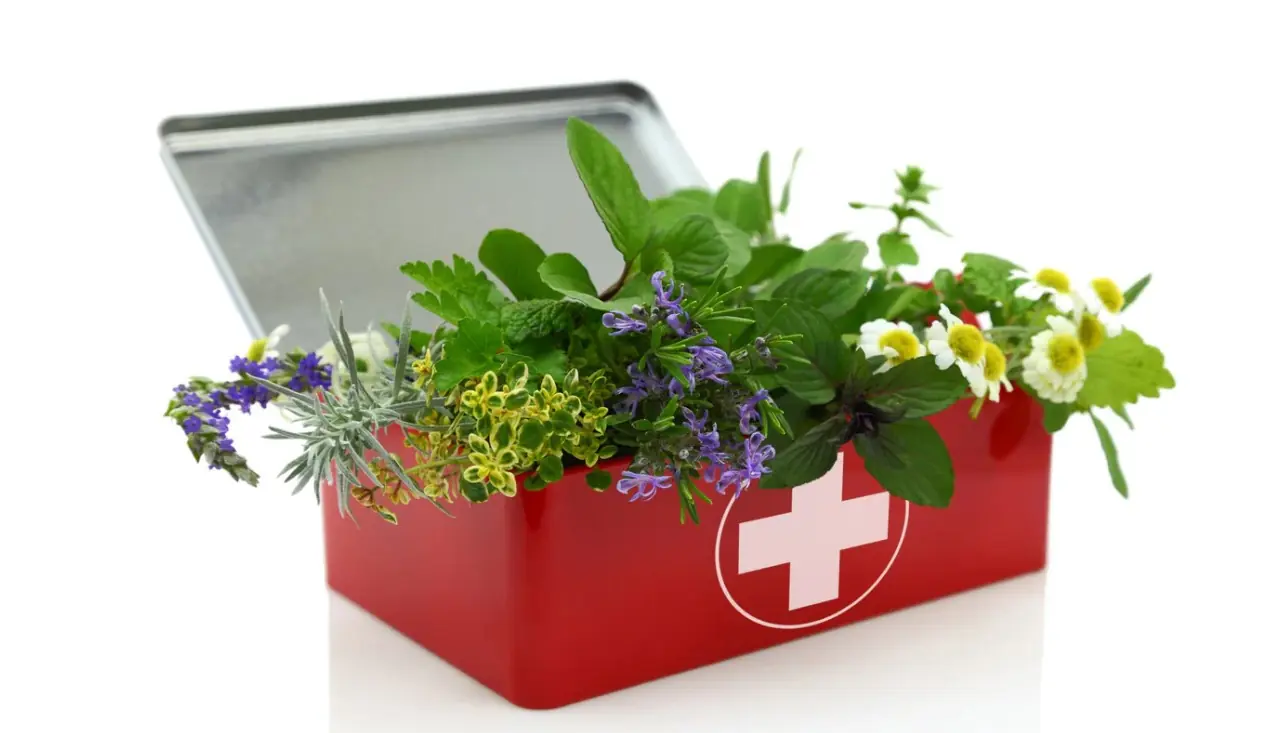
An Herbalist’s Summer First Aid Kit by Thelittleshine Most of us keep a first aid kit at home, don’t we? We keep things like anti-histamine tablets, bandaids, gauze and cotton, antiseptic cream etc., to treat cuts, burns, scrapes, rashes and more.


She further revealed the struggles she faced with b:reastfeeding her children, noting how the accumulated stress took a severe toll on her physical and mental health.

Stay hydrated the smart way: discover the best times to drink water for your health and energy.

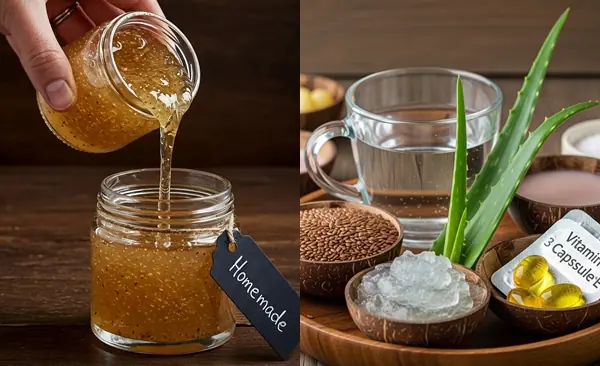
By embracing this DIY beauty secret, you’re not just caring for your skin; you’re investing in a sustainable, holistic, and personalized skincare routine that celebrates the wisdom of nature.

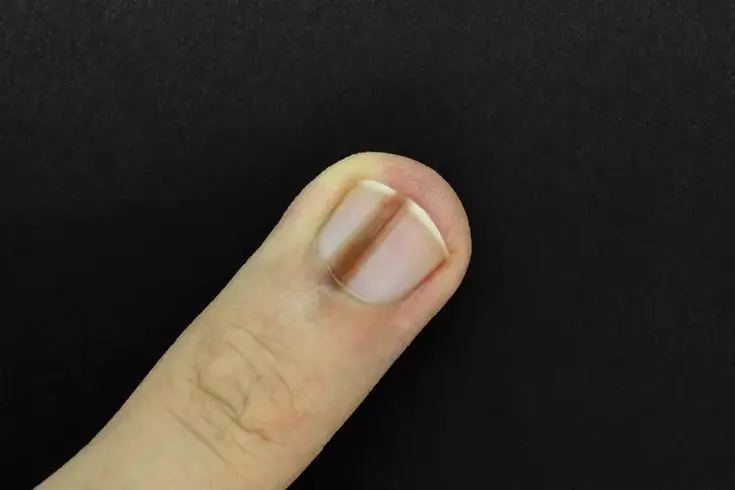

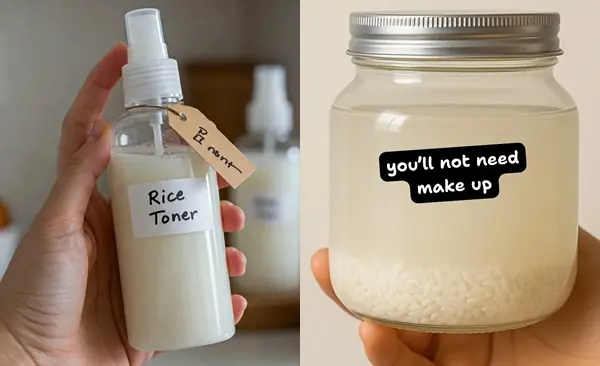
By harnessing the gentle power of rice, aloe vera, vitamin E, and natural oils, you can create a soothing, hydrating, and brightening regimen that’s customizable and free from harsh chemicals.
